The southern area
Please note that this text is an extract from a reference work written in 1990. As a result, some of the content may not reflect recent research, changes and events.
d) CONSERVATION AREA: Queen’s Park is now the central feature of a conservation area which stretches from St Luke’s Terrace to Edward Street, but excludes the new development on the site of the Attree Villa. Most of the high quality housing dates from the late-Victorian and Edwardian periods.
The West Drive is lined with large red-brick houses, no.18 being particularly large. No.30, the Queen’s Park Villa, is a large listed building of 1851 c311 with an ironwork balcony and verandah, and was known as Pennant Lodge, the residence of Charles Preshfield after whom several nearby roads were named. Having been used as a nursing home, it was restored and refurbished as offices in 1985 with the Park View flats built in similar style to the south-west. The stable at the rear is now a cottage.
One of the two principal approaches to Queen’s Park is Park Street, which dates from the 1820s; nos.17, 23-24 and 28-29 retain cobbled fronts and are included on the council’s local list of buildings of special interest. The eastern side has now been redeveloped but was once the site of the Park Street Baths. Opened by the corporation on 24 May 1888 as the Victoria Slipper Baths for the poor of the district, they closed in 1979; the inaugural tablet has been retained in the Sloane Court flats which opened on the site in 1984.
The attractive red-brick houses of Tillstone Street were erected in 1898 on the slum clearance site of Egremont Street and Spa Street. Nos.51-61 were added later on the site of the Pilgrims Cottages, a row of almshouses built in 1852 in Spa Street by the Soames family for needy widows over sixty years of age; they remained in occupation until the mid 1960s. The chapel in nearby Park Hill has been an Evangelical Free Church since 1943, but was built in 1894 by Herbert Buckwell for the congregation of St Andrew’s Presbyterian Church. This church had stood in Thomas Street, but was demolished in a slum clearance scheme when Blaker Street and White Street were constructed.
Any numerical cross-references in the text above refer to resources in the Sources and Bibliography section of the Encyclopaedia of Brighton by Tim Carder.
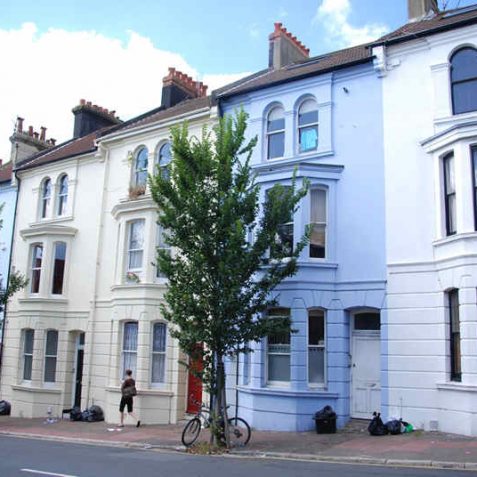
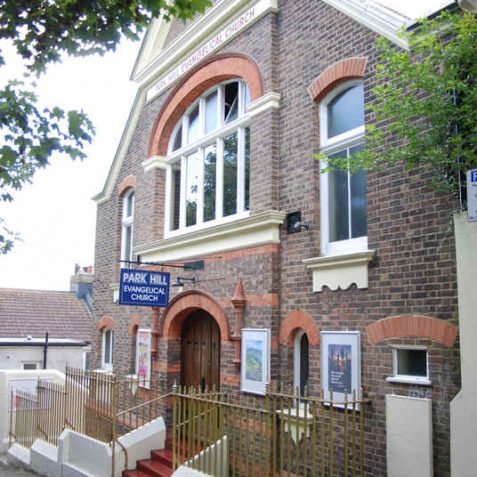



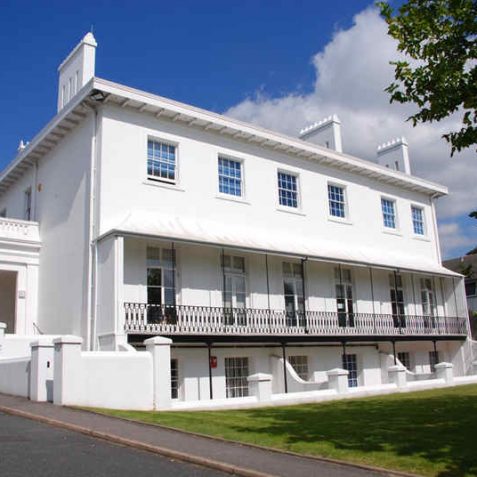

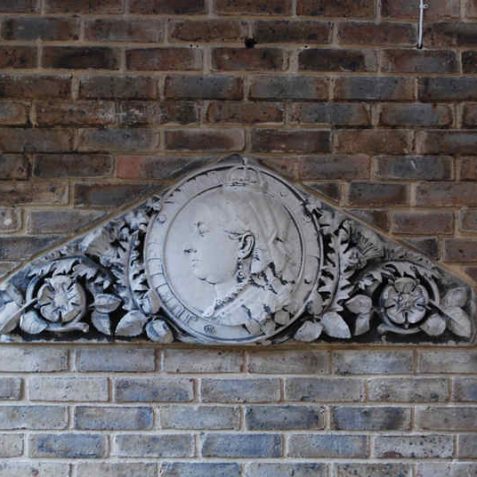

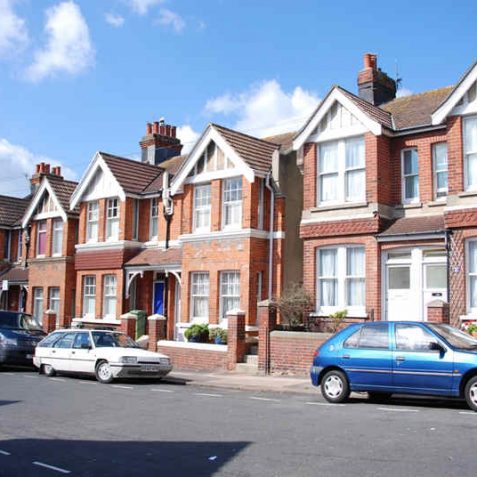






Comments about this page
I believe this was originally called Pennant Lodge and was the home of Charles Freshfield, after whom nearby roads are named.
This is a wonderful old street with very old houses, some of them with cobbled frontage. I was born at no 21 in 1934 and my family moved away in the early 1960s. I remember several “characters” who lived there,and some very good mates,they were really happy days.
I wonder what happen to the inaugural tablet when the baths were demolished. It would be nice to think it was saved.
My dad was Secretary of Park Hill Church for many years. It was always a friendly place even for a teenager, with some lovely older people. The original minister was Rev. W H P Goodchild, who I remember with fondness, he was followed by Fred Money. There were also occasional guest preachers, one of whom looked exactly like Soapy Stephens from The film Two Way Stretch, Derek Fortnum has been the minister since around 1970, a very long tenure.
Add a comment about this page